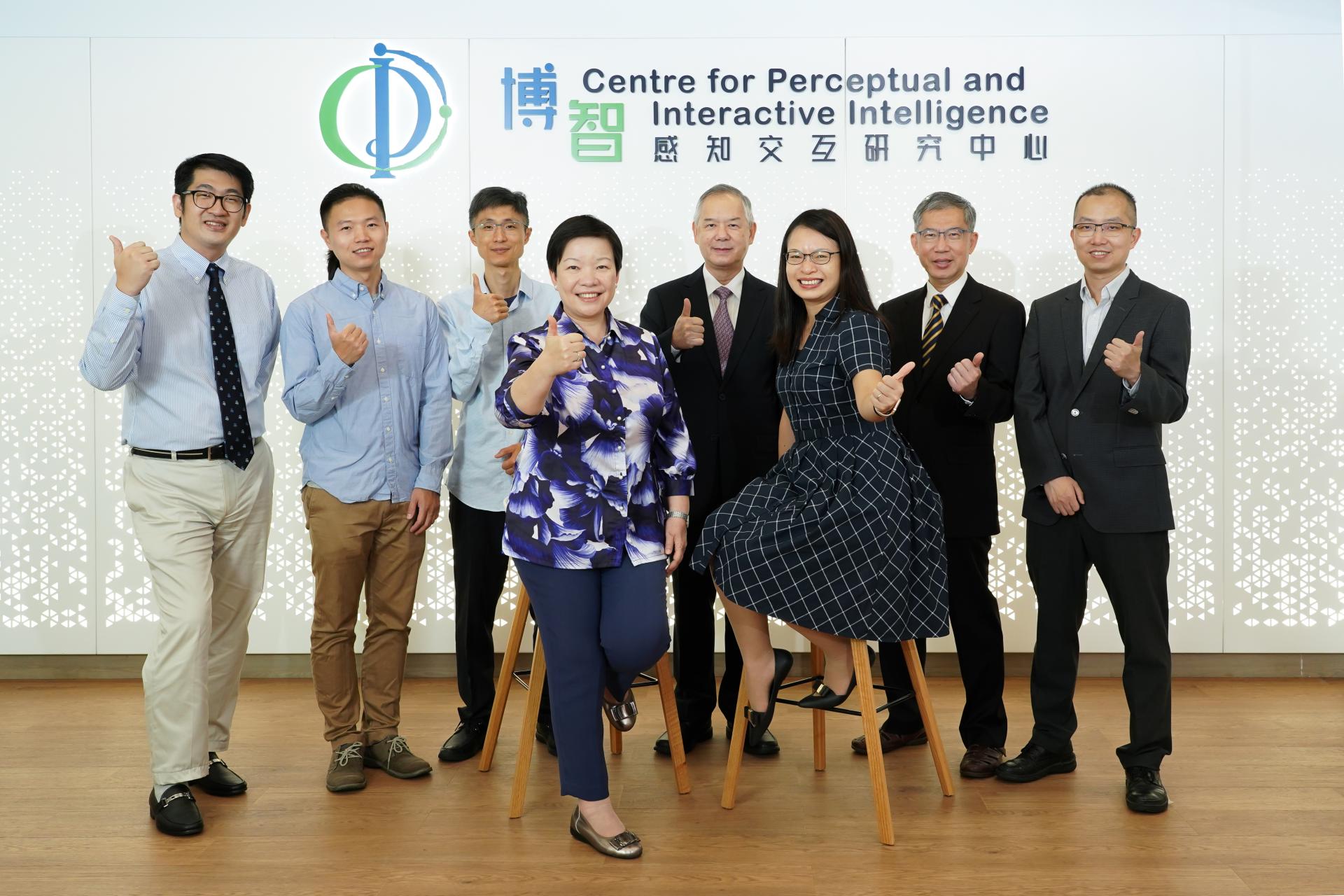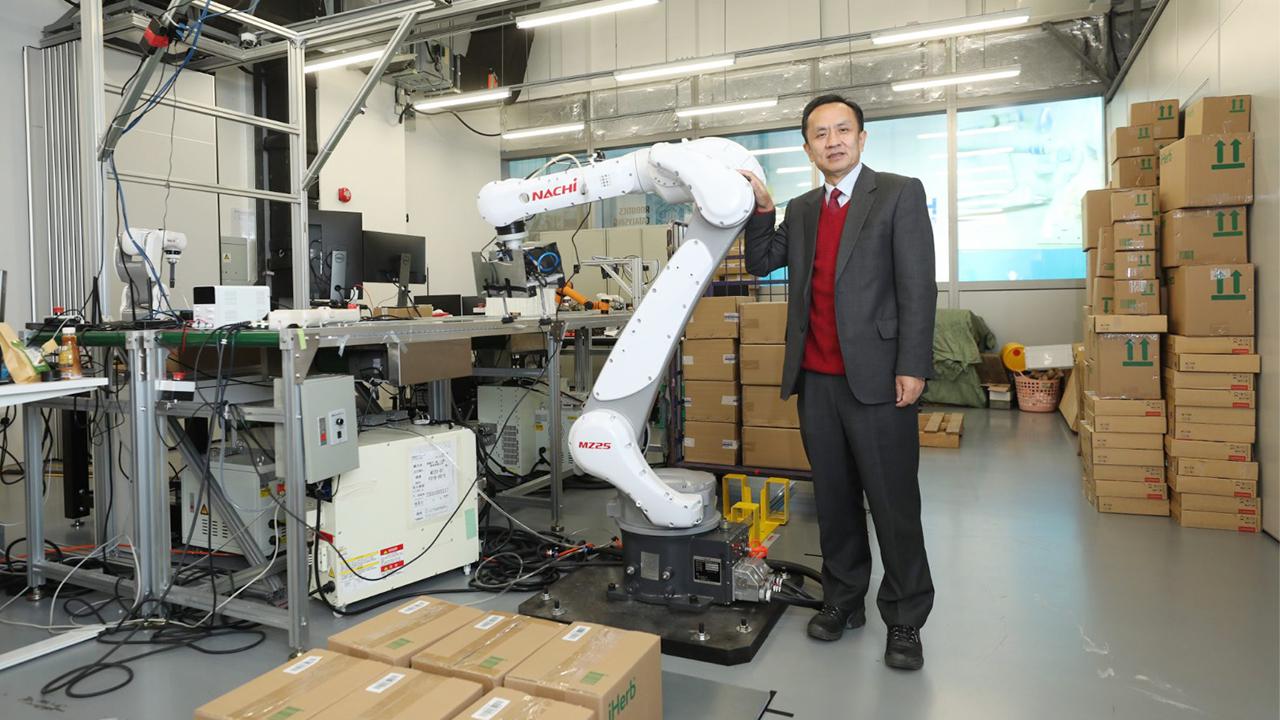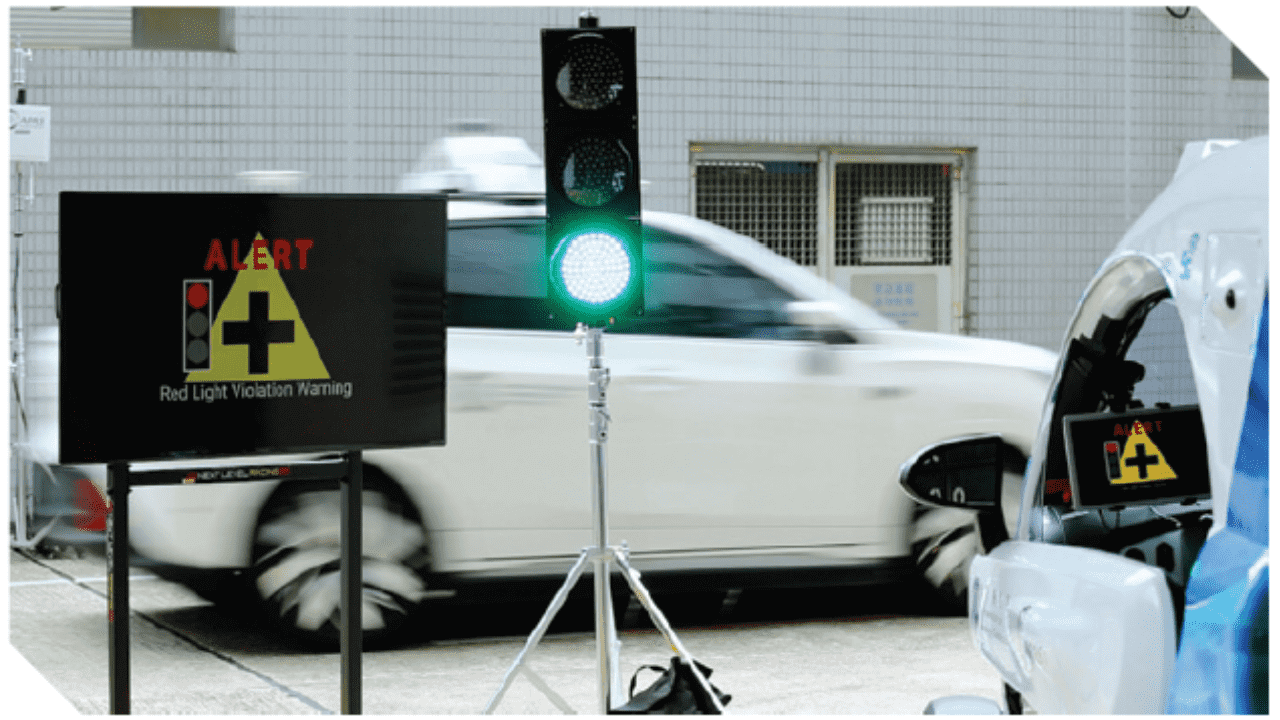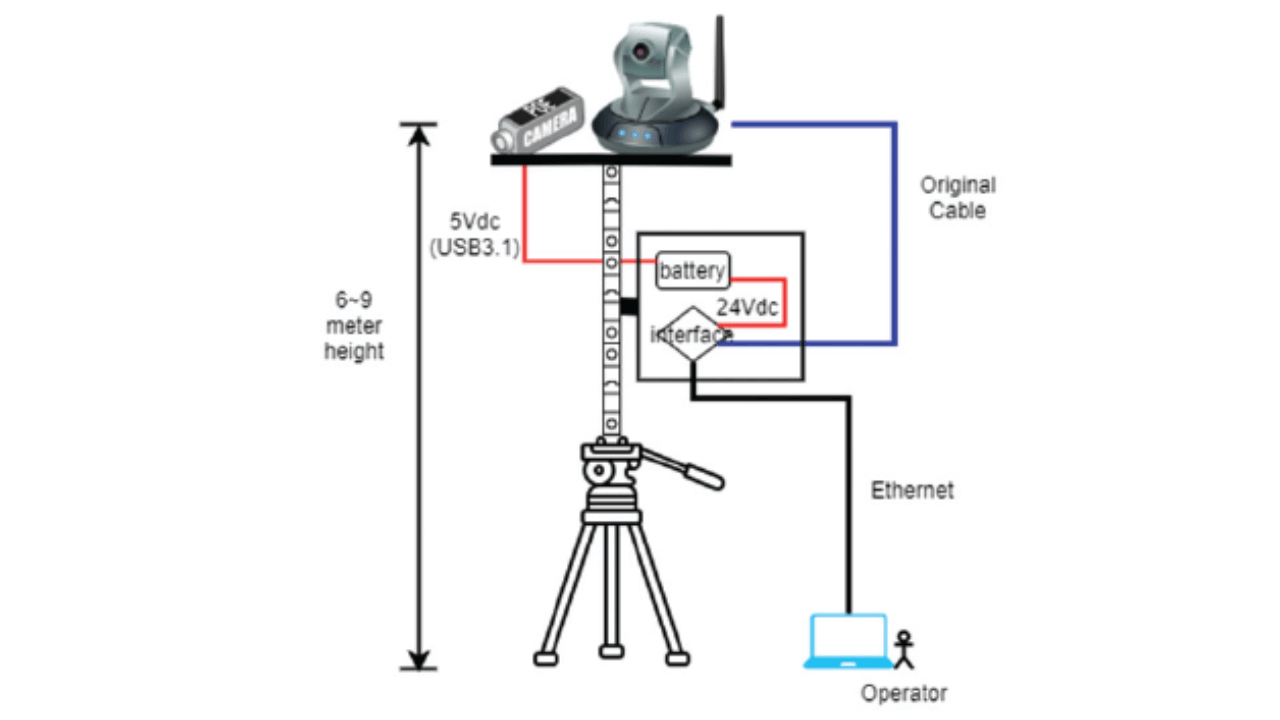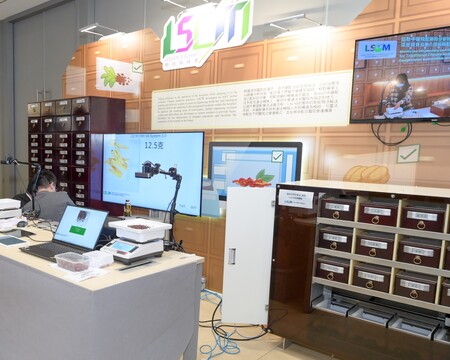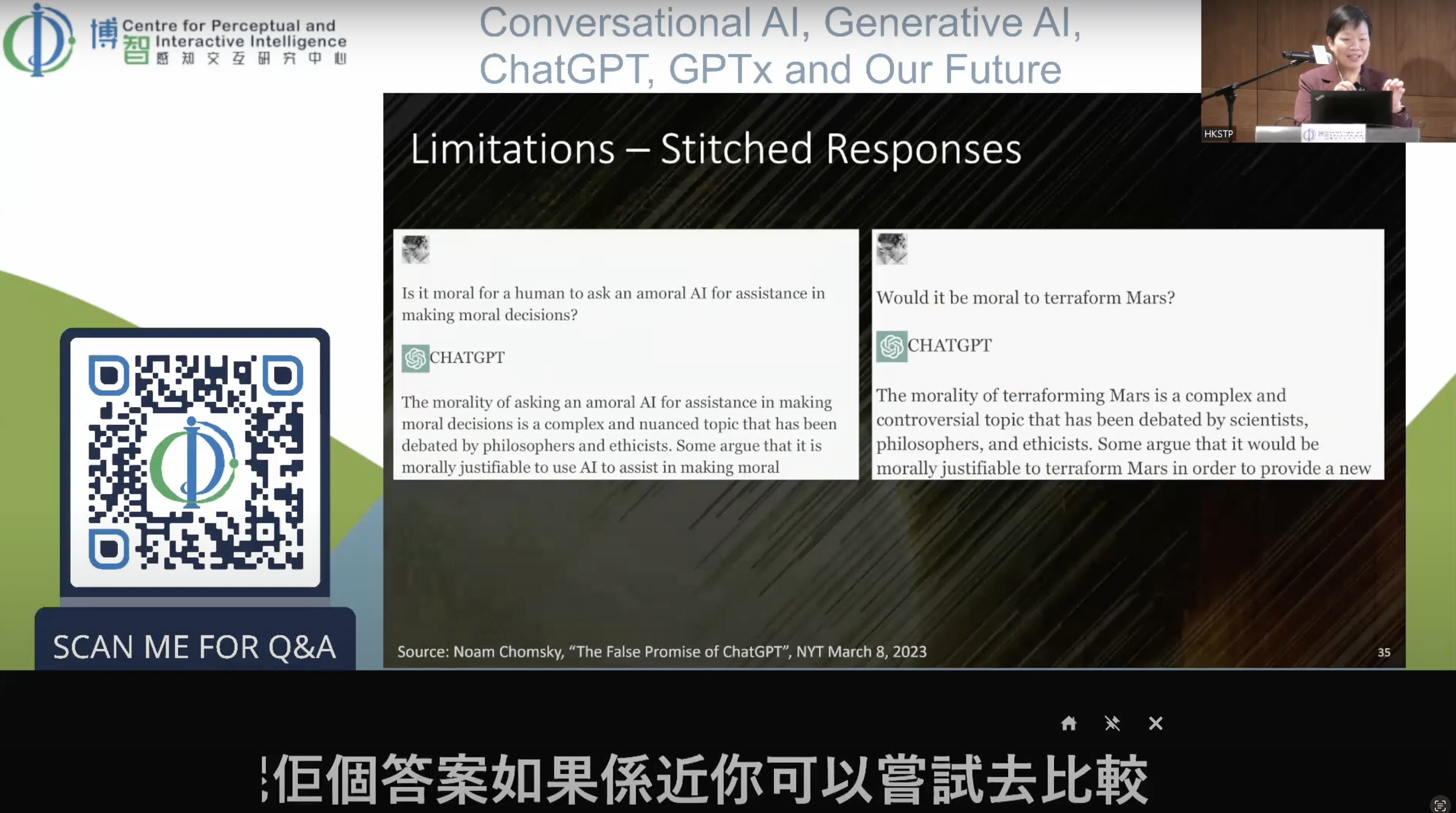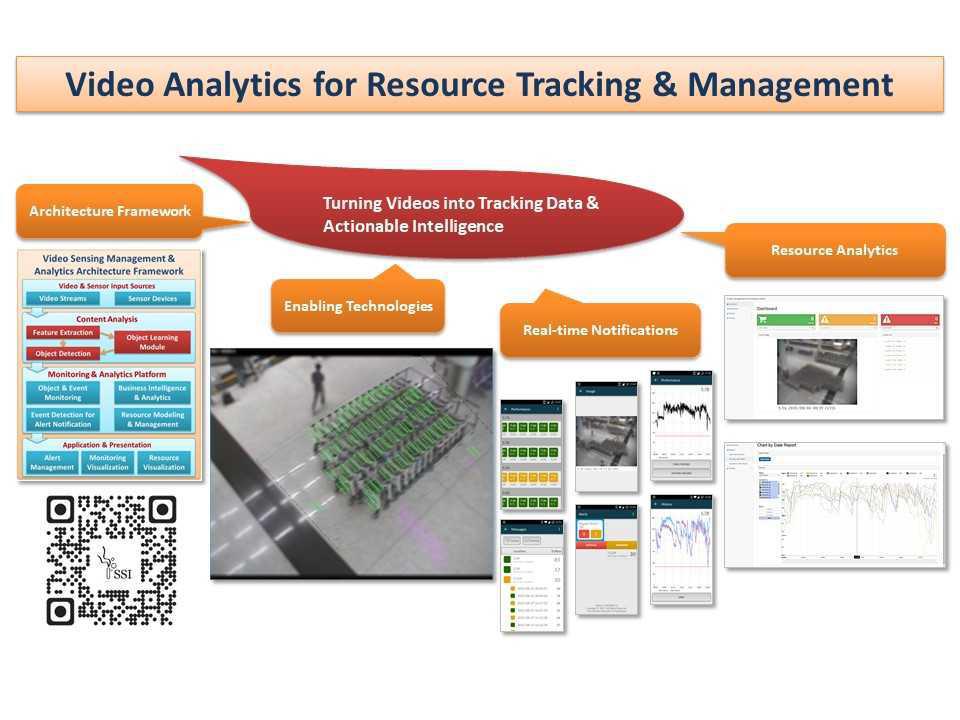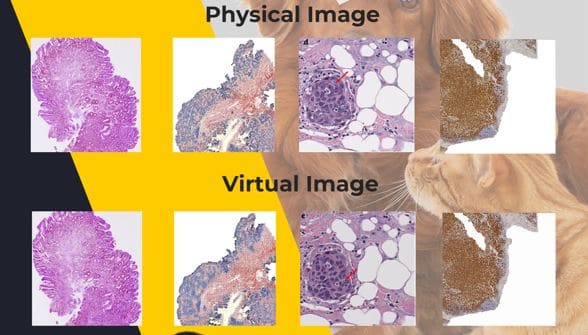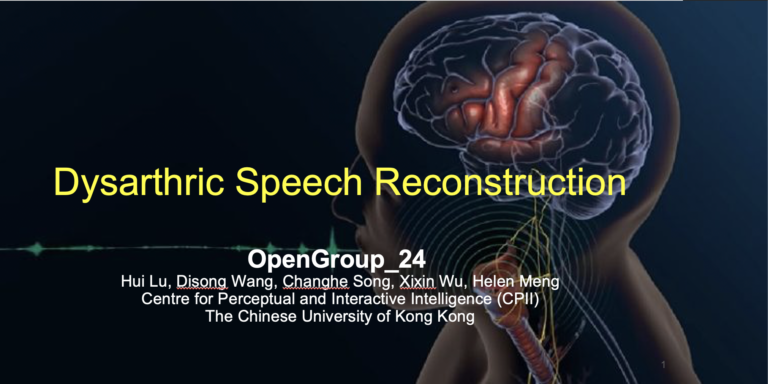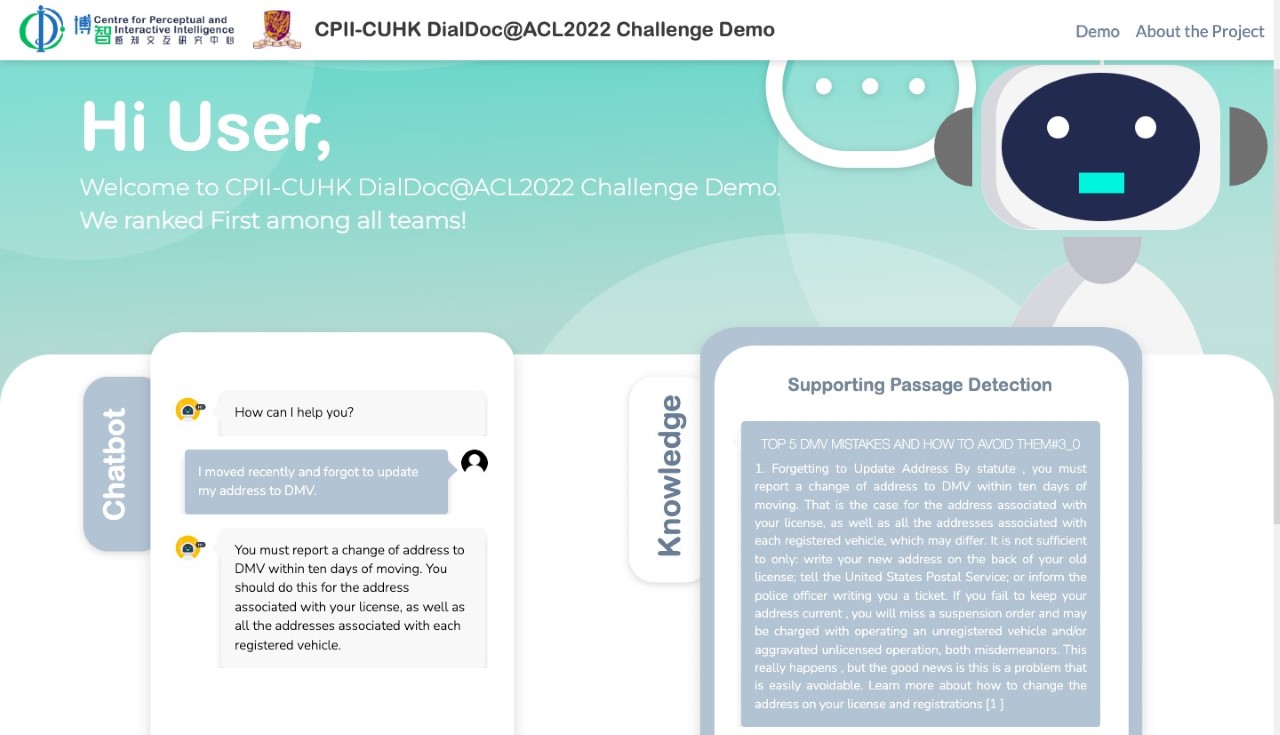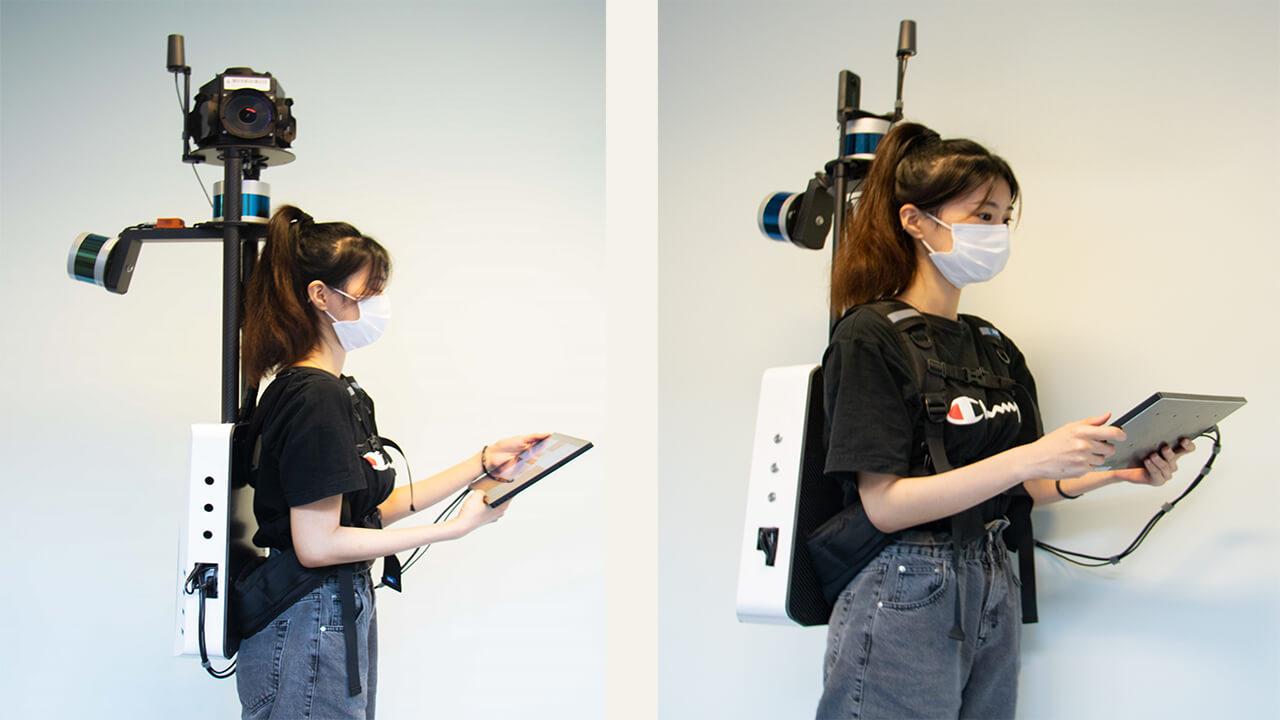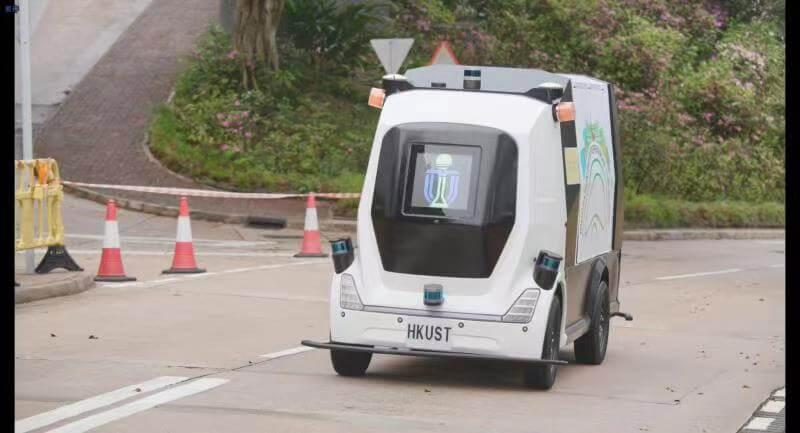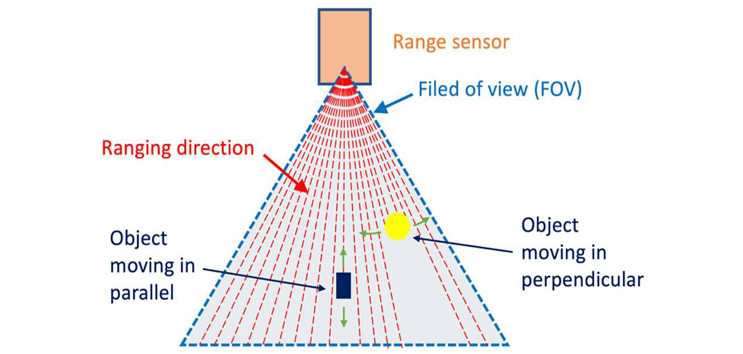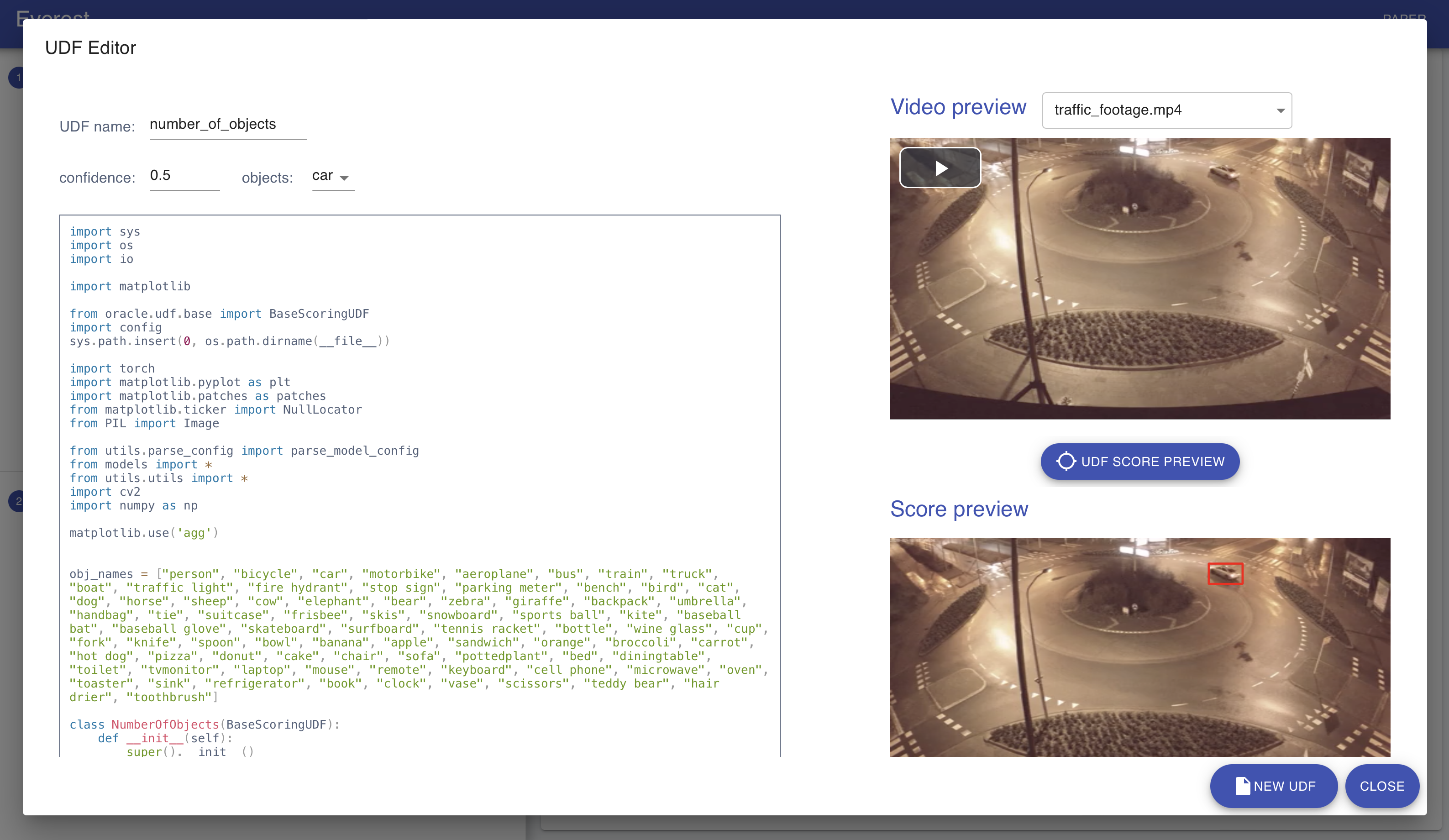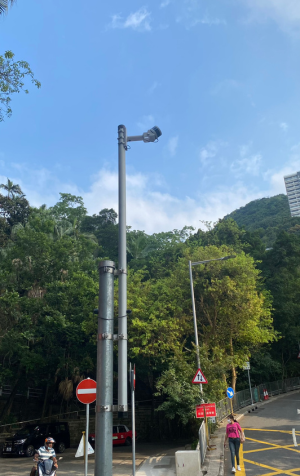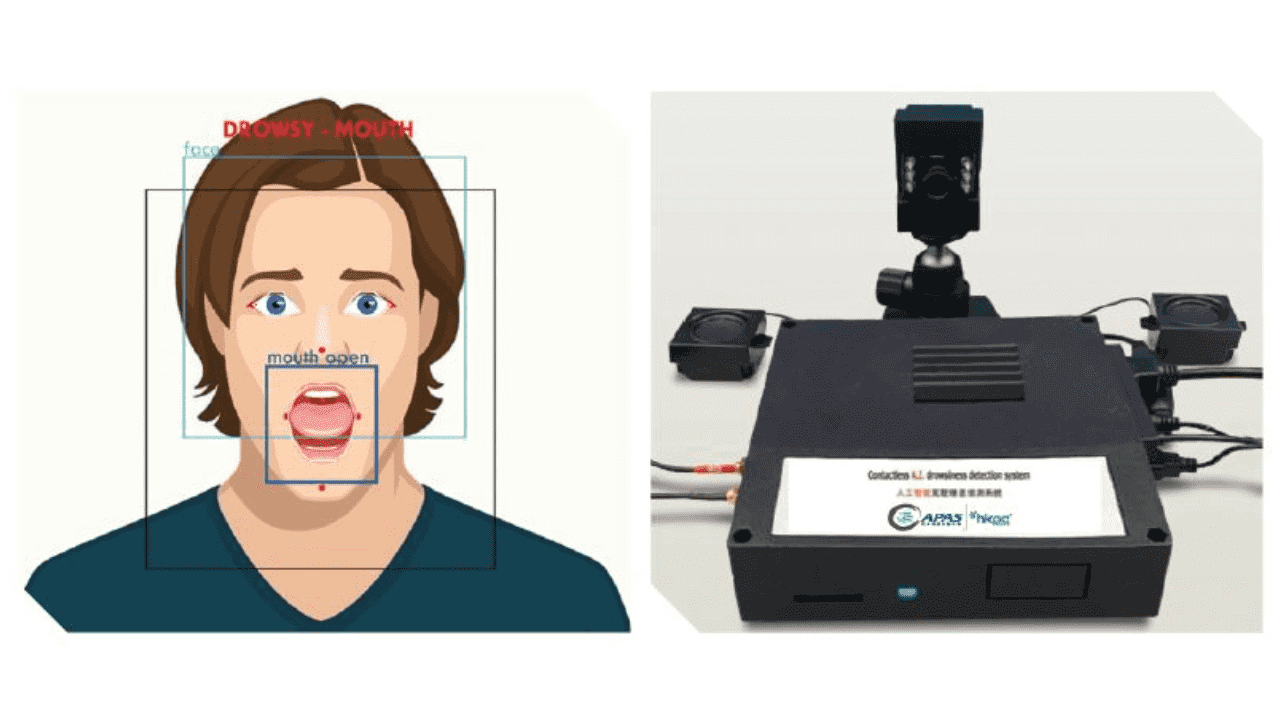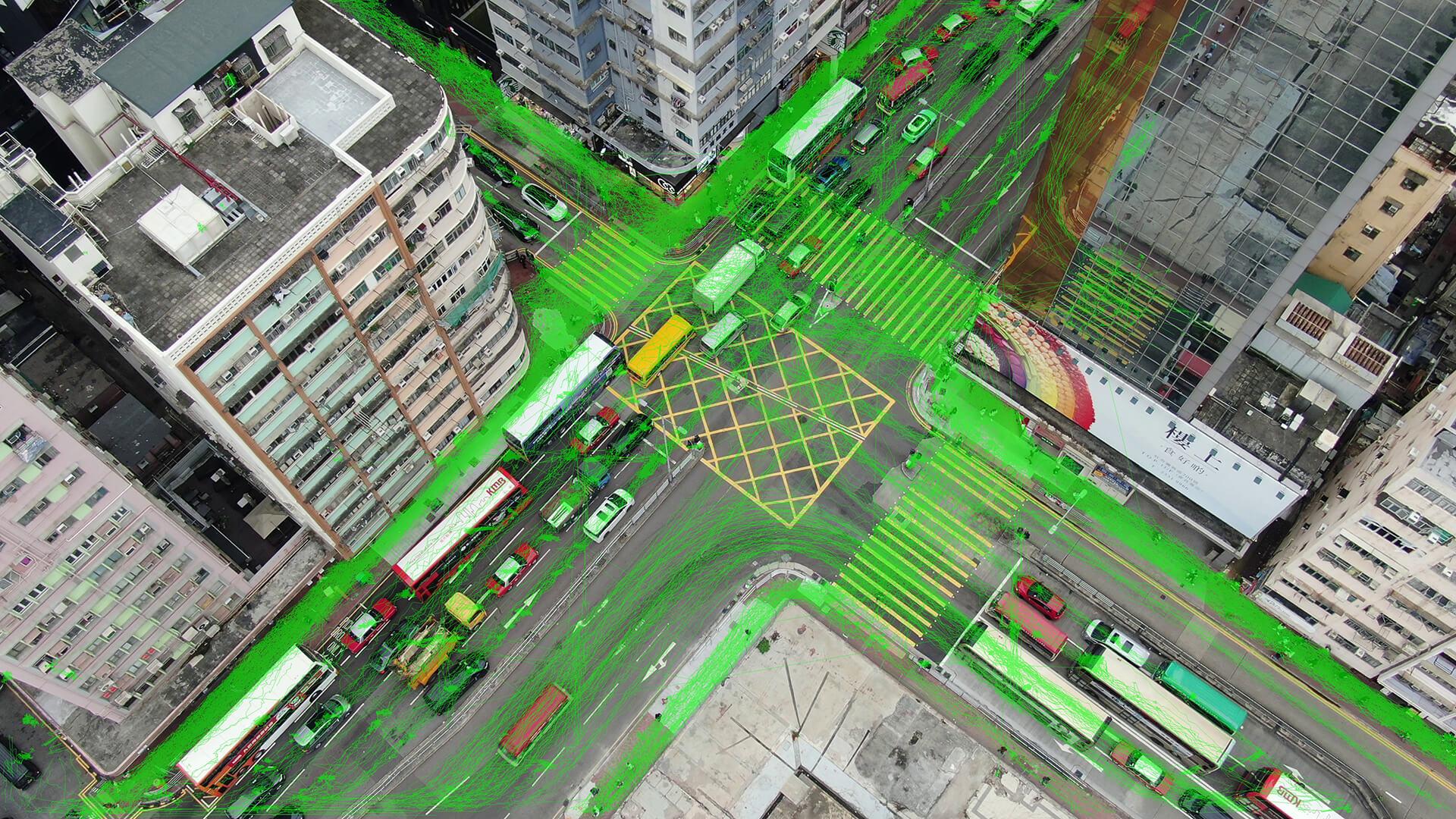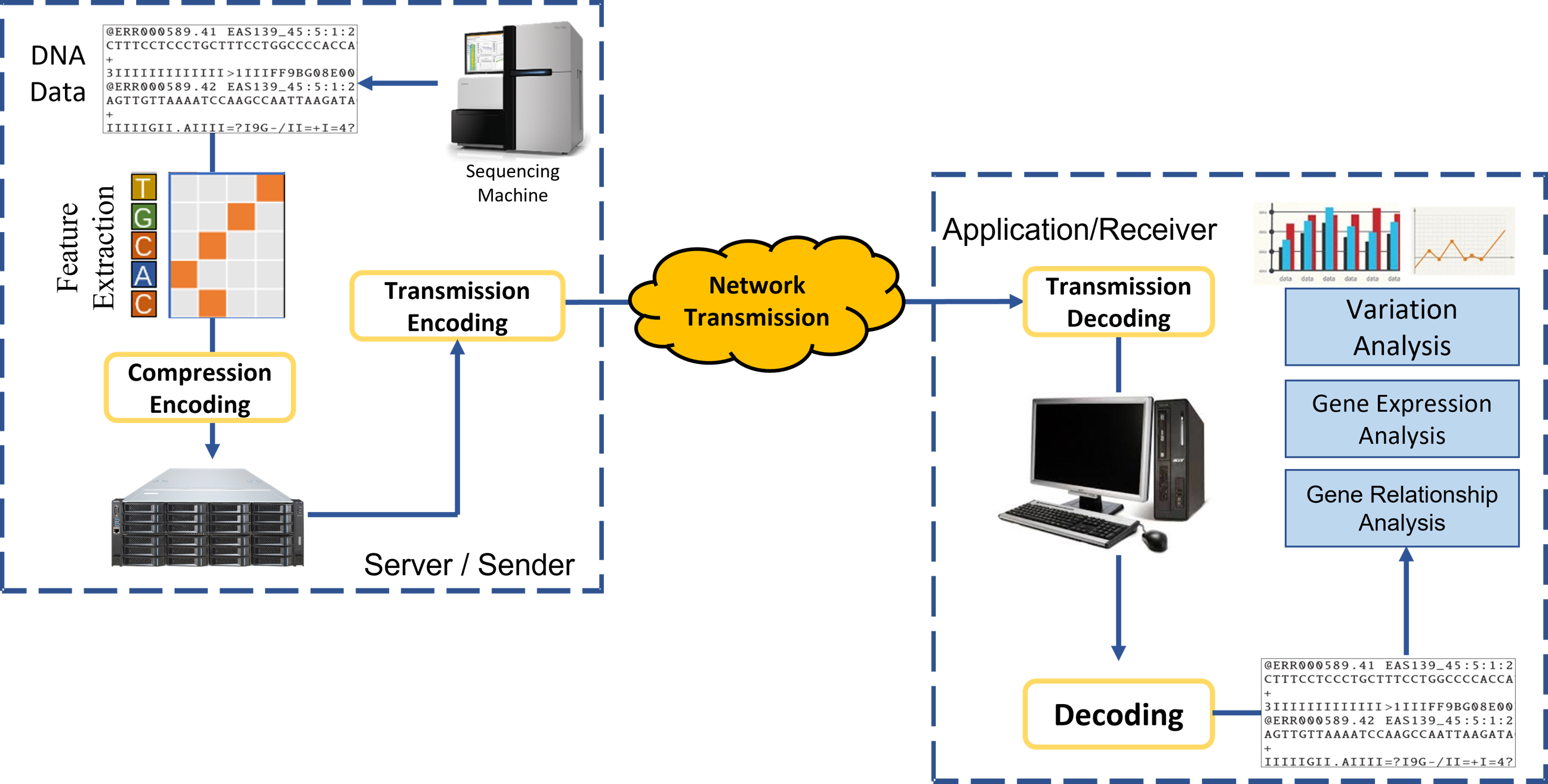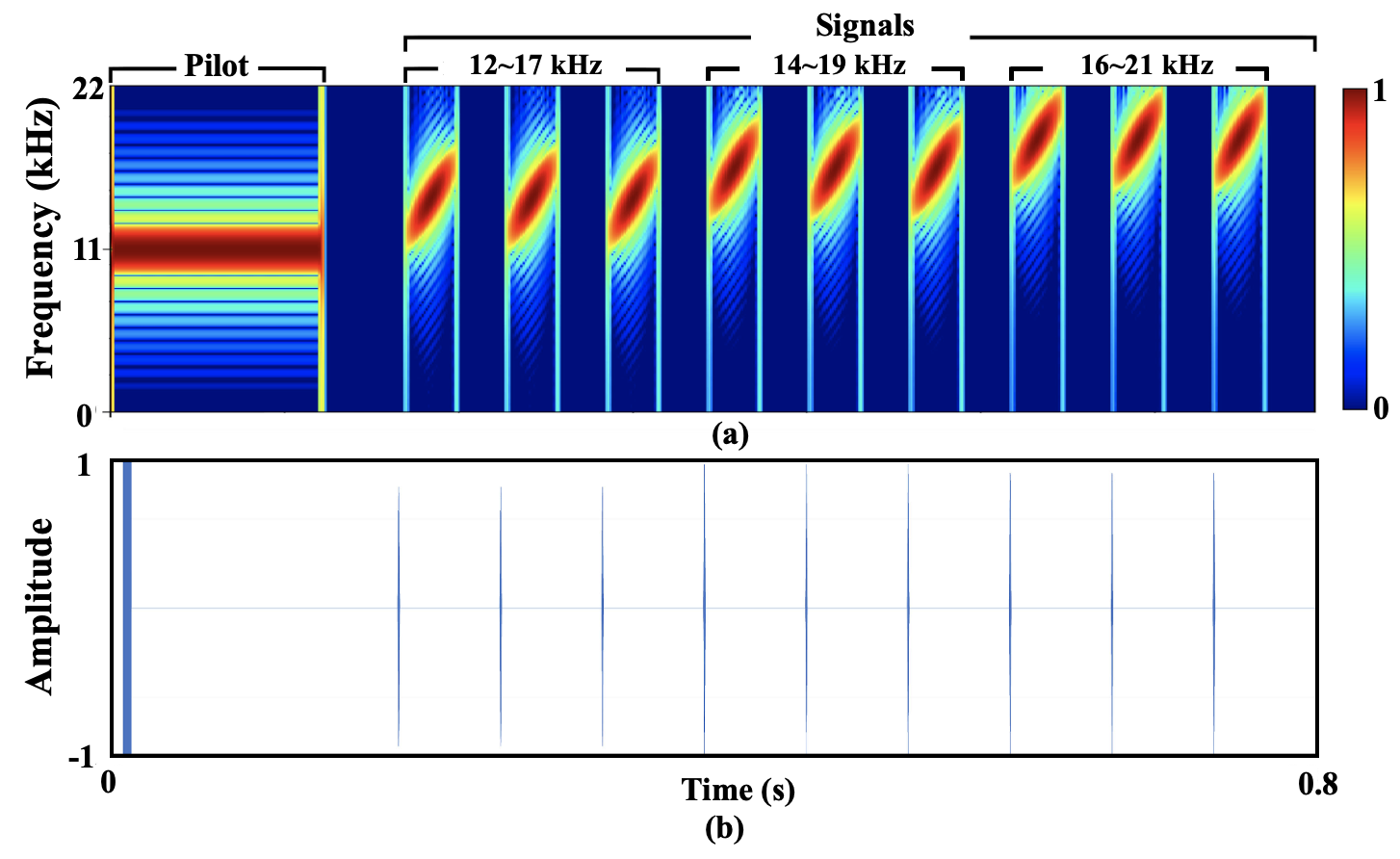
Edge AI Technologies for Infrastructure-Assisted Autonomous Driving

Overview
We have developed new Edge AI technologies for infrastructure-assisted autonomous driving, including real-time deep model inference, collaborative perception, and heterogeneous traffic sensor fusion, which have been validated through the smart lamppost testbed we deployed on CUHK campus.
Technical name of innovation
Edge AI Technologies for Infrastructure-Assisted Autonomous Driving
Problem addressed
This technology can help to improve the safety of autonomous vehicles through intelligent roadside infrastructure.
Innovation
- This technology greatly enhances the vehicle’s perception in real time by fusing data from multiple distributed 3D sensors such as LiDARs on the roadside infrastructure and driving vehicles.
Key impact
- This invention can be significant in advancing the development and deployment of autonomous vehicles and improving the safety and efficiency of transportation systems.
Application
- This technology can be applied to intelligent roadside infrastructure to assist vehicles in perceiving a wider range of surroundings and road conditions, enabling more accurate driving decisions and improving the safety of autonomous vehicles.
Centre for Perceptual and Interactive Intelligence was established by The Chinese University of Hong Kong in 2020. Our Centre Director Professor Helen Meng and Principal Investigators have rich backgrounds in computer vision, multilingual speech and language technologies, natural language processing, and AI-enabled design automation.
Enquiry
